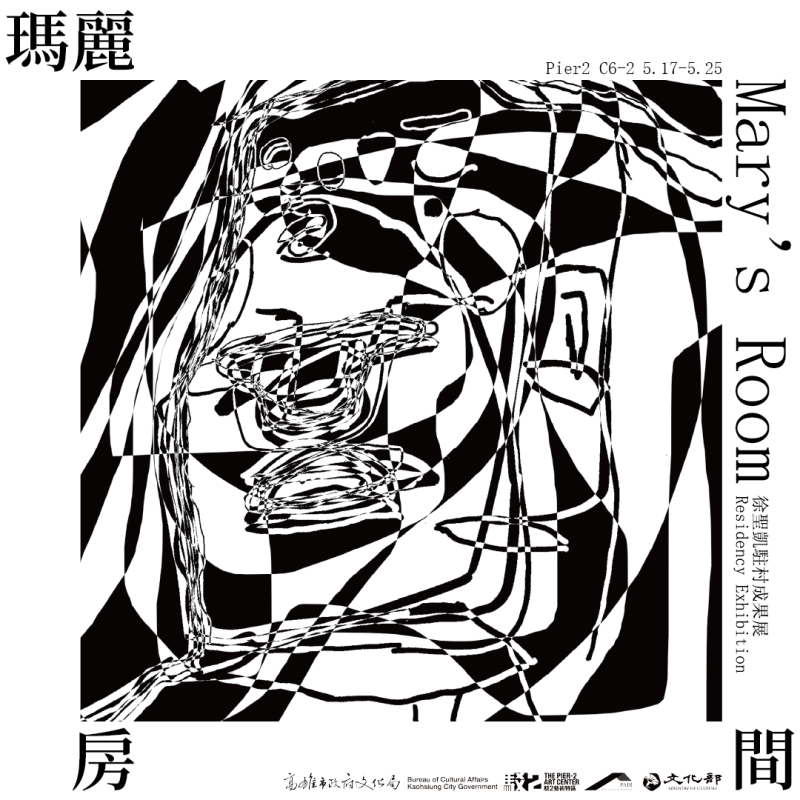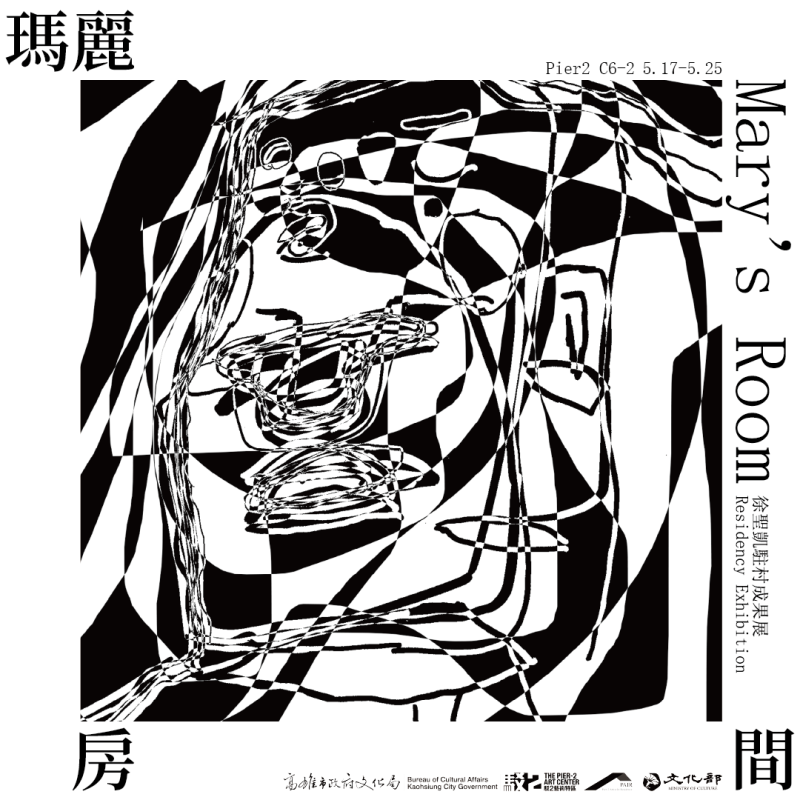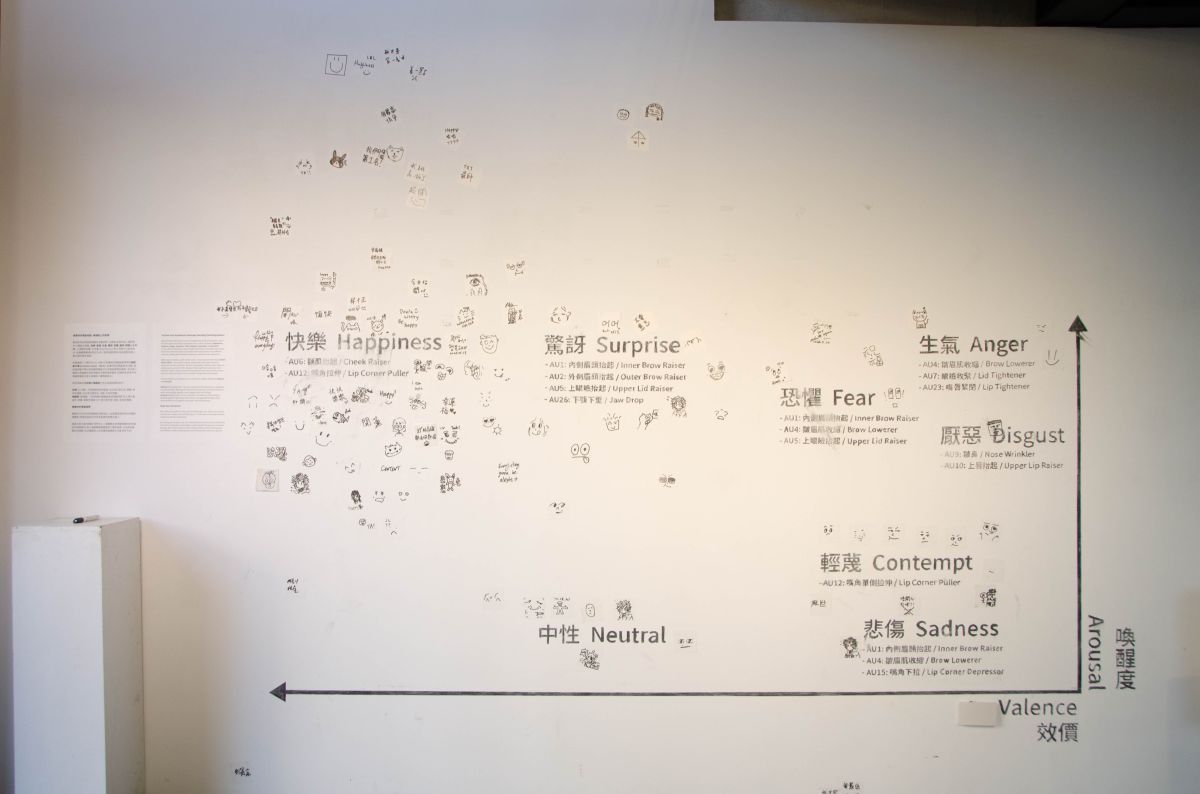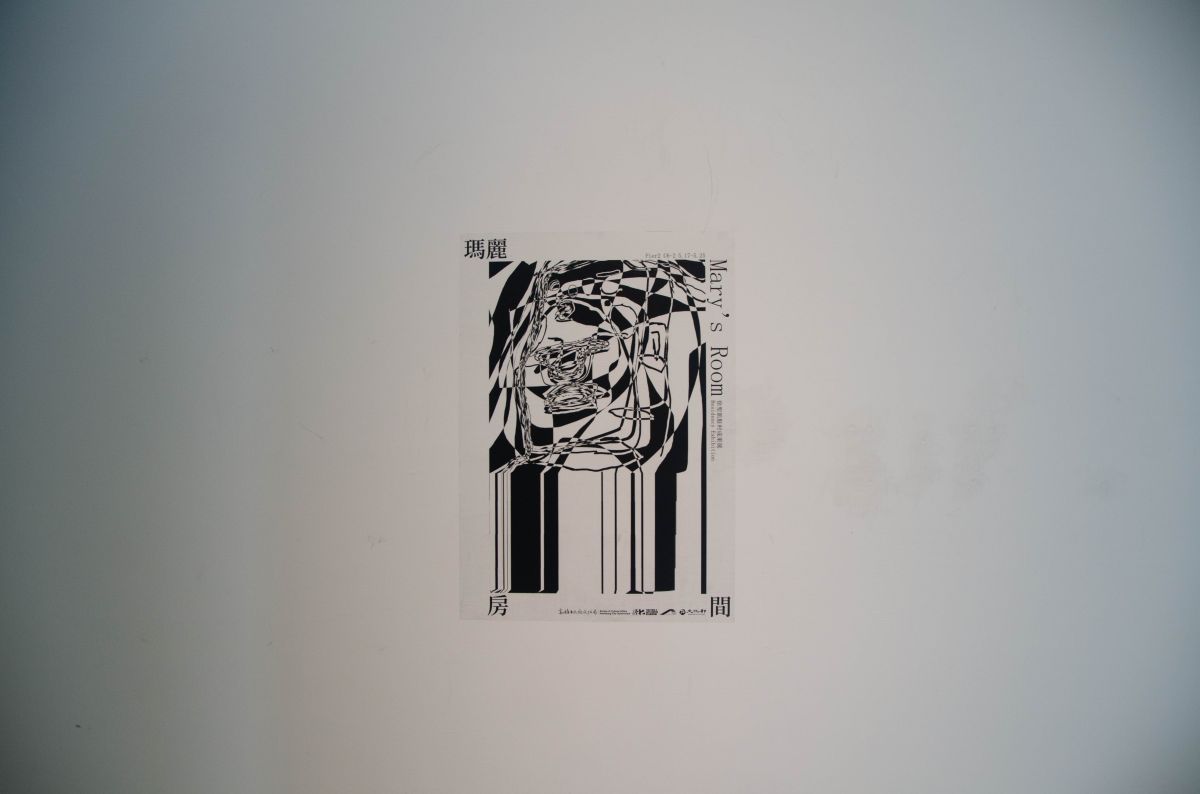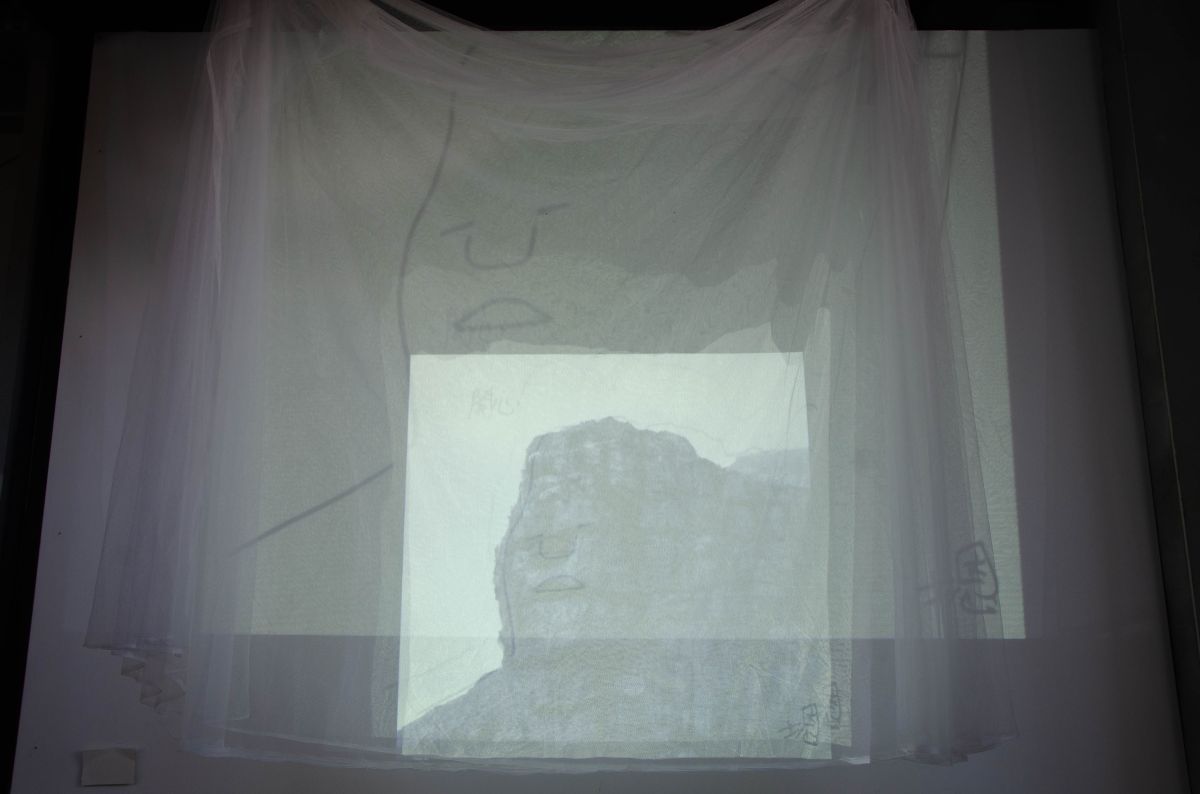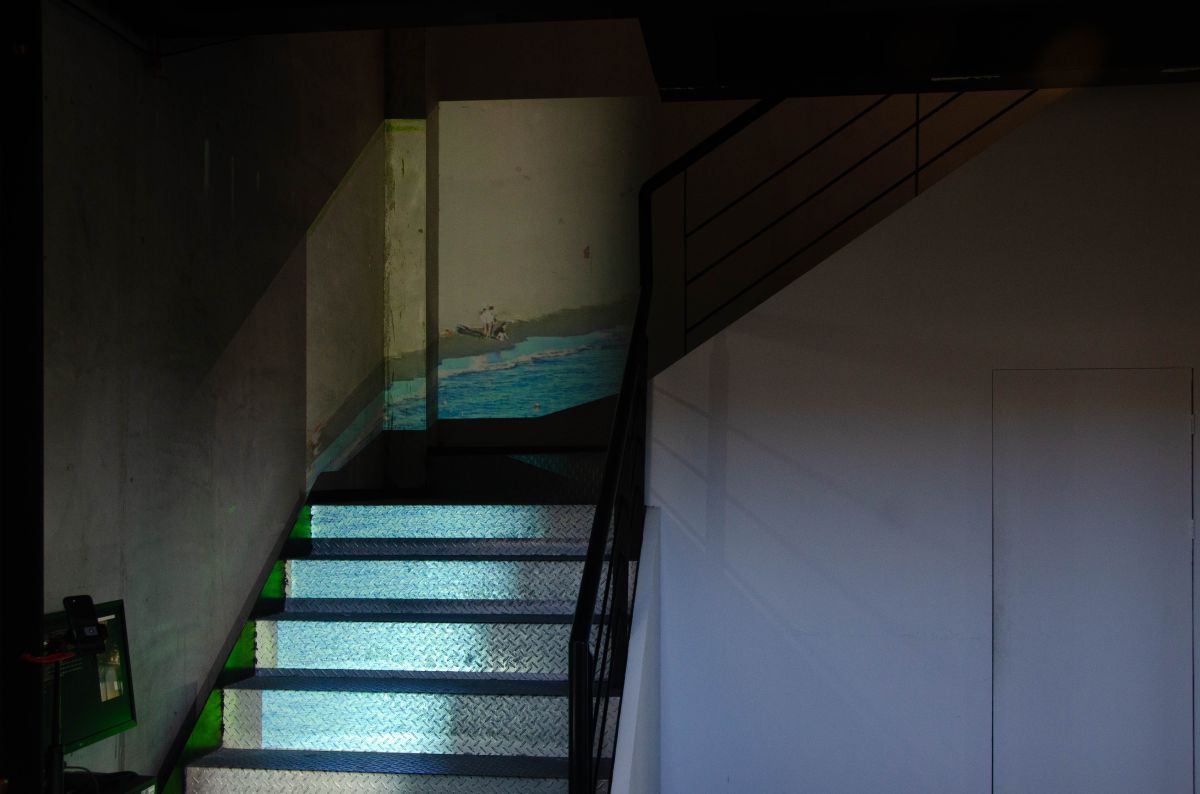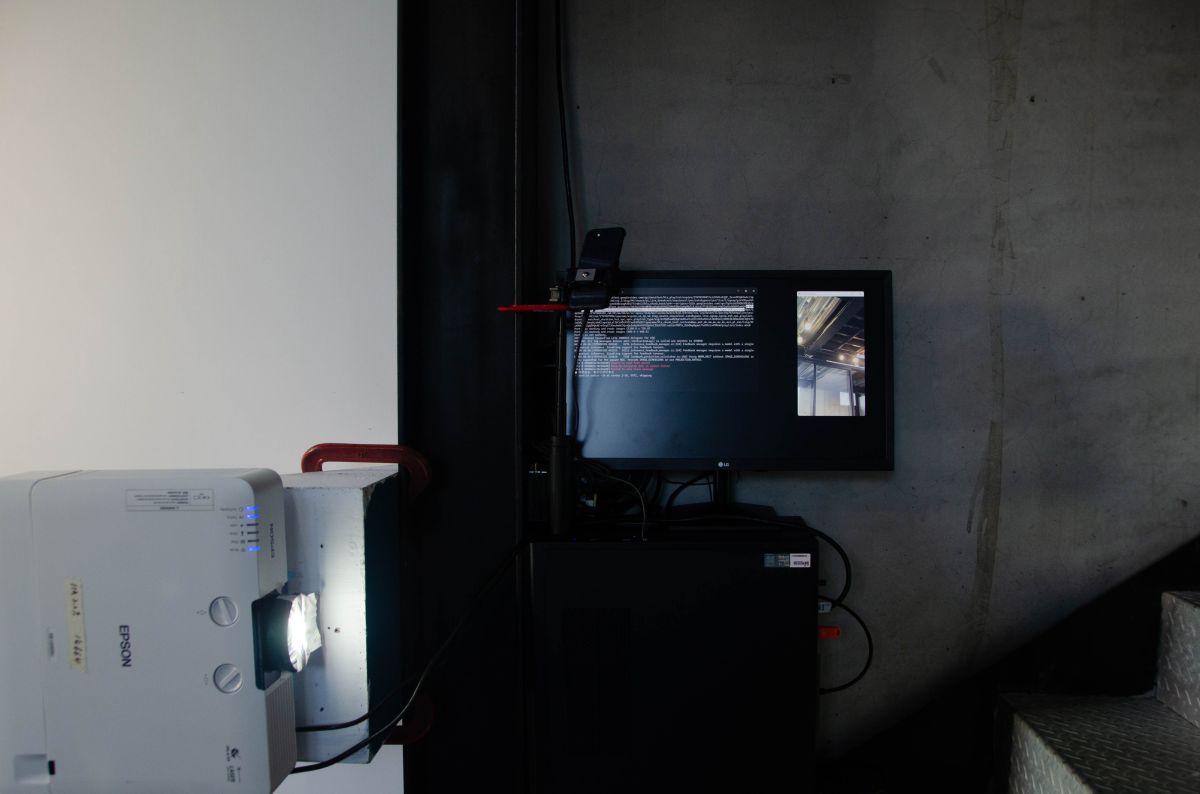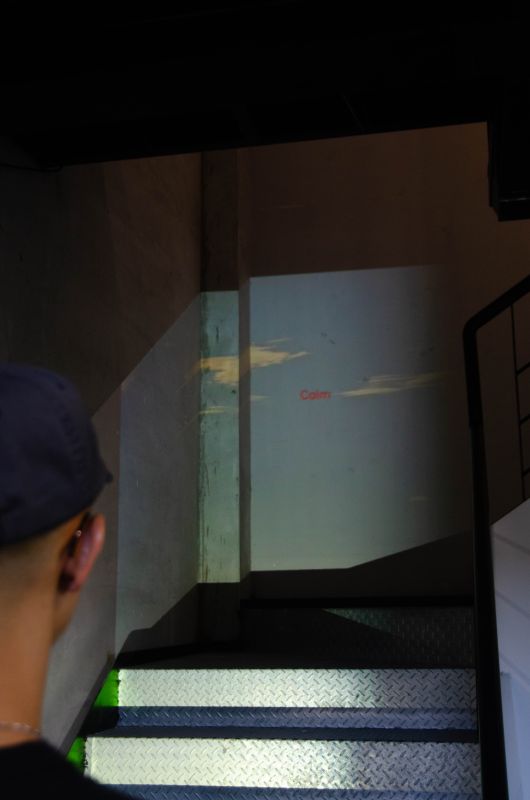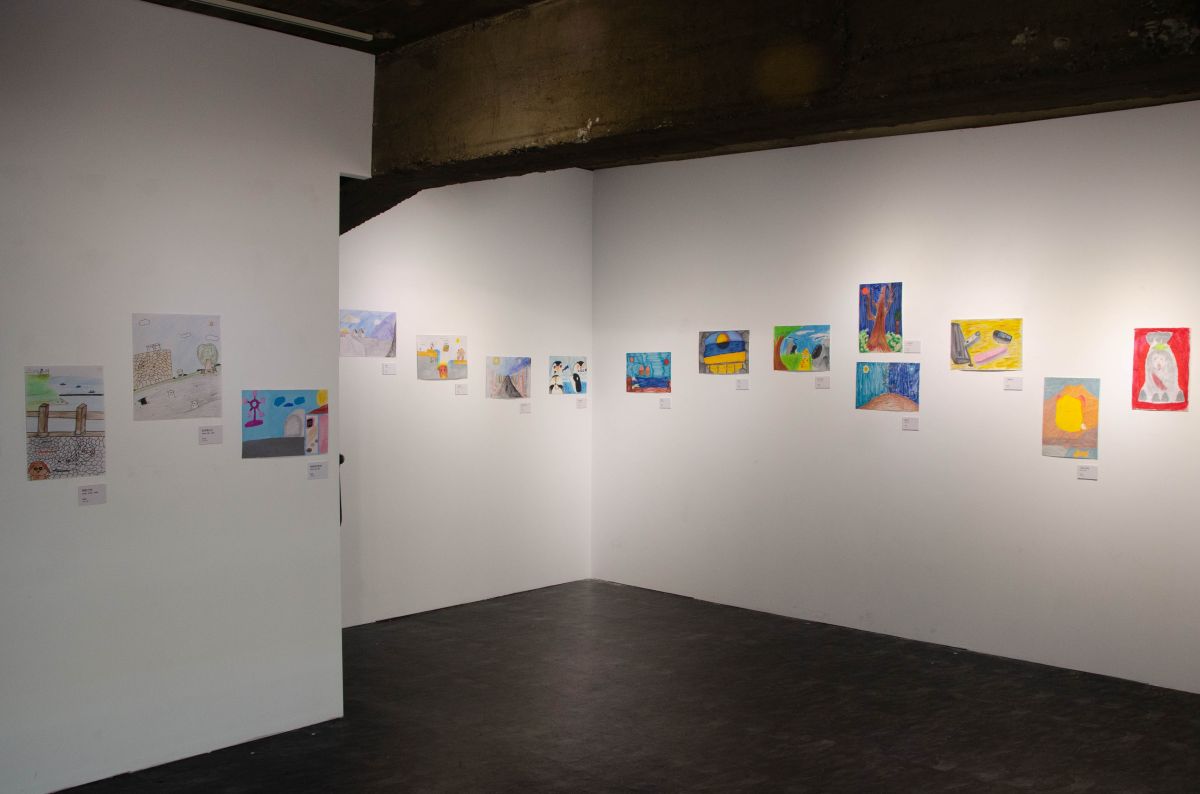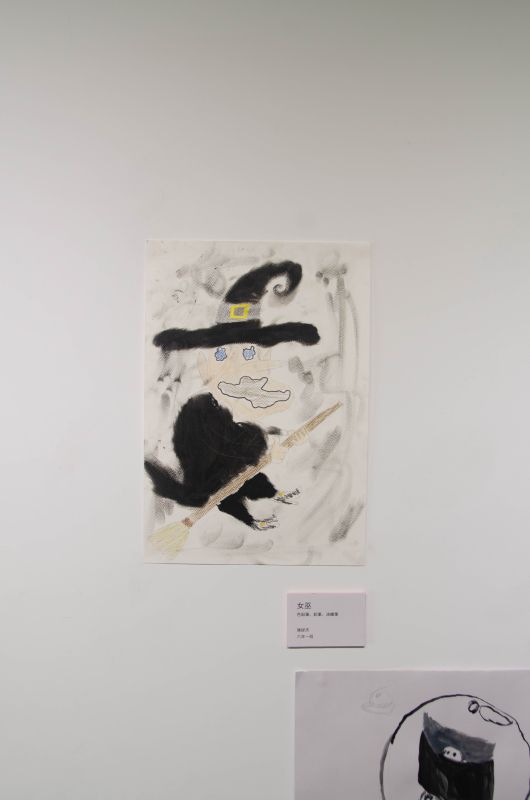Location: C6-2 Warehouse, Dayi Area, Pier-2 Art Center
Time: Mon.-Thu. 12:00~17:00; Fri.-Sun. 12:00~19:00
In Mary’s Room, philosopher Frank Jackson describes a thought experiment in which a scientist named Mary knows everything there is to know about color, but has never seen it herself. When she finally experiences color firsthand, the question arises: does she learn something new?
Inspired by this idea, artist Hsu Shengkai reimagines Mary as an AI humanoid robot, raised in isolation inside a residency space at the Pier-2 Art Center in Kaohsiung. This robot has a human-like appearance and cognitive structure, yet due to a technical defect, she has never seen a face—neither her own nor anyone else's. Her knowledge about humans is purely informational, gathered from data and secondhand descriptions.
One day, her vision is restored. As she steps outside for the first time, she confronts a world she has only known through abstraction. Can she recognize others as human? Can she read emotions—joy, sorrow—just by seeing them?
This work explores the boundary between perception and knowledge, sensation and cognition. By positioning AI as the subject of a philosophical experiment, Hsu reflects on the uniquely human qualities of feeling, recognition, and embodied awareness. The piece asks not only whether machines can feel, but more importantly: what does it mean for humans to feel in an age of machines?
